Jordan - Petra is flooded. Now what?

I had an extended weekend in November visiting Jordan was a good choice so I combined it with the trip to Lebanon. However, it was probably a good plan but it turned out I was not able to see this historical place and temple area "Petra", due to floods at the site.
Jordan, and Petra in particular, are prone to heavy floods during November. The aftermath necessitated a closure for clean-up, leaving me without the opportunity to visit Petra.
In retrospect, it wasn’t a significant loss.
The prospect of navigating through the bustling crowds and the high costs associated with the visit had already made me hesitant. Its remote location added another layer of complexity. The floods, in a way, simplified my decision-making process, relieving me from the dilemma of whether to visit Petra within my limited timeframe.
So, while Petra might be off the table, Jordan still has a plethora of other attractions to offer beyond this renowned site.
Friday - Arriving at Amman
Arrived in the early morning at the airport of the capital Amman.The airport is situated a 45-minute drive from the city center. A spacious and comfortable bus operates every 30 minutes, providing direct service from the airport to the “Tabarbour Bus Station”.
The fare is reasonably priced at JD 3.5. Initially, I assumed that carrying my hand luggage onto the bus wouldn’t be an issue. However, I found that bus drivers in Jordan prioritize security.
Jordan is safe?
Interestingly, the Jordanian government mandates that all luggage must be stowed in the bus’s trunk. Despite my initial apprehension, I was reassured with the words, “No worries, it’s safe. There are no thieves in Jordan.”.
Map of Amman
First sight in Amman is an IKEA
The initial journey through a new country always presents an intriguing panorama. The distinct streets, diverse architecture, level of cleanliness, and local populace all contribute to the unique charm.
However, in Jordan, I was surprised to find an IKEA, identical to those worldwide, yet distinguished by its Arabic signage. Interestingly, the first prominent structure en route to the city center wasn’t a traditional Jordanian building or a mosque, but a massive yellow and blue IKEA.
I had mapped out the route on my phone, and when we reached a particular area that seemed like a convenient spot for me to disembark, I asked the driver if he could drop me off at the next intersection.
Fortunately, there were no delays with flights or other unforeseen circumstances that could have disrupted my schedule. The journey from point A to B was smooth.
Getting a rental car in Amman
My plan was to swiftly check into the hotel and then proceed to pick up my rental car. However, the distances within Amman’s city center were more deceptive than they appeared on Google Maps.
Navigating the traffic and streets proved to be a challenge! Despite the relatively light traffic on that Friday morning, the taxi ride from the “Tabarbour BUS Station” to the hotel was time-consuming.
After a quick check-in and lunch, I set off to collect the rental car, somewhere in downtown Amman.
The Grand Husseini Mosque.
Escaping Amman traffic horror
At the Europcar station, the agent seemed puzzled by my request to rent a car for just one day. He took the time to inform me:“Sir, I don’t know what you plan to do with the car for only one day, but please be aware you cannot take the car to Syria or Saudi Arabia and you need to sign that here!”
While I had no intentions of doing so, I appreciated the reminder! My overall impression of the people here is that they are incredibly friendly. They seem genuinely happy to assist tourists and strive to ensure a pleasant stay.
Helpful Jordanians
Jordanians, while rooted in Arabic culture, seem to be significantly influenced by the West. Although I didn’t engage in hours of conversations with locals, the few interactions I had left a positive impression and compared to locals in many other countries, Jordanians come across as very gentle and respectful.
I hope the influx of tourists in the coming years doesn’t alter this.
Time to start driving south
Navigating the city center proved to be a challenge, even with the assistance of Google Maps.The narrow streets, riddled with intersections and deceptive ramps, were enough to turn one’s sense of direction upside down. After lunch, I managed to pick up the rental car in the city center.
Escaping the hustle and bustle of the city center was a relief, and I was eager to commence the journey southwards through Jordan.
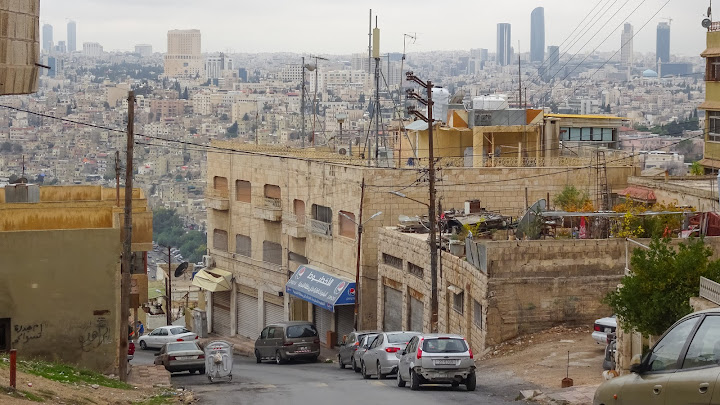
Traffic gets better and the view opens up
I reserved a more detailed exploration of Amman’s city center for tomorrow when I will be back in the city.
As I ventured further from the city center, the traffic began to thin out, and the expansive views started to unfold. I had marked a few points of interest on my map, but I didn’t intend to visit all of them.
Driving outside the city center was relatively straightforward, although numerous speed control signs served as a reminder to maintain patience and adhere to the speed limits to avoid being caught on camera.
My first stop was in and around Madaba. From Mount Nebo with the Moses Church, is a great view over the valley all the way out to the Dead Sea and over the border to Israel.
There is this growing trend of #-heart-cityname artifacts. It seems that in a few years, every town on the planet, regardless of its age or size, will have its own #-heart-city sign for social media presence.
It’s an interesting observation of how global trends are shaping local identities.
Very nice to drive and great views over desert villages and valleys.
It's getting dark early...
The weather conditions were less than ideal. The clouds struggled to hold back the rain, resulting in insufficient light for photography. The late autumn or early winter season didn’t help either, with daylight dwindling around 5 pm.I hadn’t factored in these conditions when planning my trip.
Had I done so, I might have allocated an additional day for car rental and exploration. It’s a reminder that weather and seasonal changes are crucial considerations when planning travel itineraries.
The canyons around the "Mujib Dam"
Just a few kilometers from the Mujib Dam lies an excellent vantage point for viewing the expansive Jordan Grand Canyons.The vista extends far beyond the Mujib Dam, offering a breathtaking panorama.
There’s a quaint coffee shop in the vicinity that sells stones. The type of stones and their legality as souvenirs remain uncertain. It’s always a good idea to check local regulations and customs rules before purchasing such items as souvenirs. It’s these little unexpected finds that often add a unique touch to travel experiences.
As the sun descended in sync with the rising kilometer count on the tachometer, I managed to reach the Mujib Dam and then the city of Kerak.
As the sun descended in sync with the rising kilometer count on the tachometer, I managed to reach the Mujib Dam and then the city of Kerak.
Time to drive back to Amman
With the day drawing to a close, it was time to head back to Amman. My aim was to return to Amman by evening, allowing me to dedicate the entire following day to exploring the city.
The rhythm of travel often aligns with the natural ebb and flow of daylight, dictating our schedules in a way that’s both organic and exciting.
At 5.30pm it's pitch black outside!
And that is how it looks on a late November day at 5.30pm in Jordan.Very dark already and had to drive back the 140 kilometers to Amman. The roads and highways in Jordan are dimly lit and driving there in the dark isn't a big pleasure after a rough day without much sleep.
Saturday - Around the Amman city center
Went up early to cope with the capital Amman.I was glad to have my rental car so I was able to drive to the specific sites and monuments that I've pinned on Google Maps. With only walking or public transport, I would have lasted days to cover all.
While there are only a few sites, they are quite spread out across the city. The real charm of Amman, however, lies in its hills, blanketed with houses of a similar architectural style. The sight is truly fantastic. It’s these unexpected aspects of a city that often leave the most lasting impressions.
The impressive King Abdullah I Mosque is right next to the Jordan Parliament building.
The impressive King Abdullah I Mosque is right next to the Jordan Parliament building.
The "Amman Citadel"
Indeed, the Amman Citadel is a significant site, housing what was once intended to be the Temple of Hercules. The remnants of the temple include the fingers and elbow of his statue, a testament to the grandeur that once was.The whereabouts of the rest of the statue remain a mystery. Perhaps they’ve been lost to time, or maybe they’ve found their way into private collections. It’s intriguing to ponder the journey these ancient artifacts may have taken. But mostly it’s these mysteries that add a layer of intrigue to the exploration of historical sites.
6000 people in the "Roman Theatre"
Right next to the citadel is the Roman Theatre, just down the hill.The theater is a 6,000-capacity stone amphitheater offering occasional events.
On the hill the "Abu Darwish"
Perched atop a steep mountain is the Mosque Abu Darwish, offering panoramic views over Amman.The mosque is situated on a different hill than the Citadel and at an even higher elevation. From the Citadel, the mosque resembles a TV tower. The Roman Theater lies nestled between these two sites. To travel from the Citadel to the mosque, one must navigate down the Citadel hill, traverse past the theater, and then ascend the other hill.
It’s a journey that sounds as complex as it truly is.
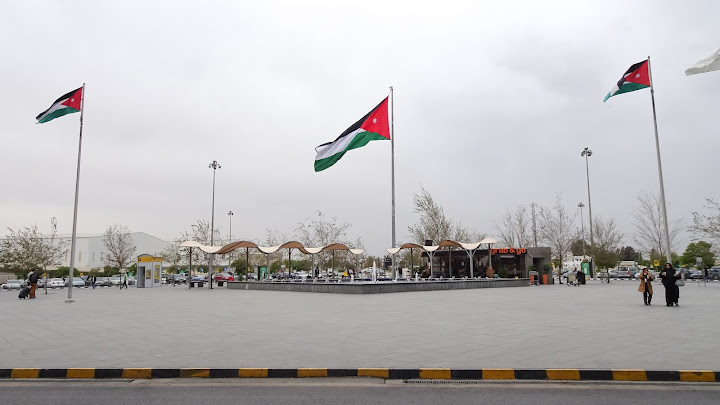
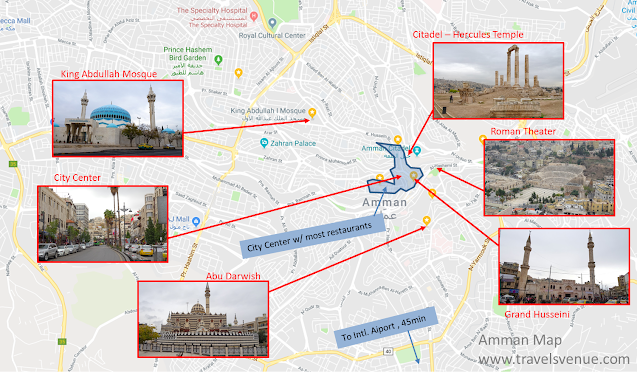




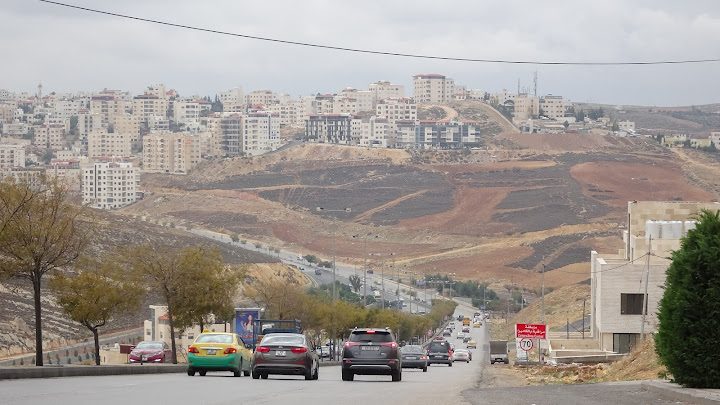



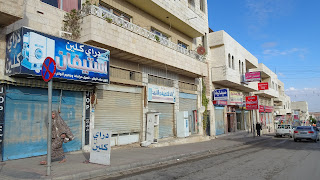
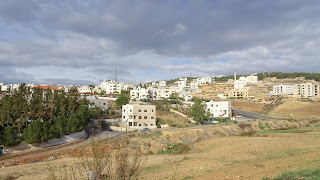




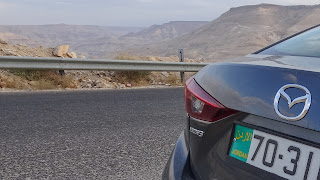
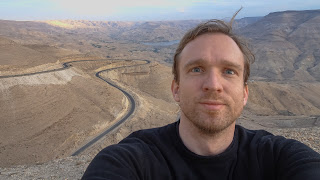



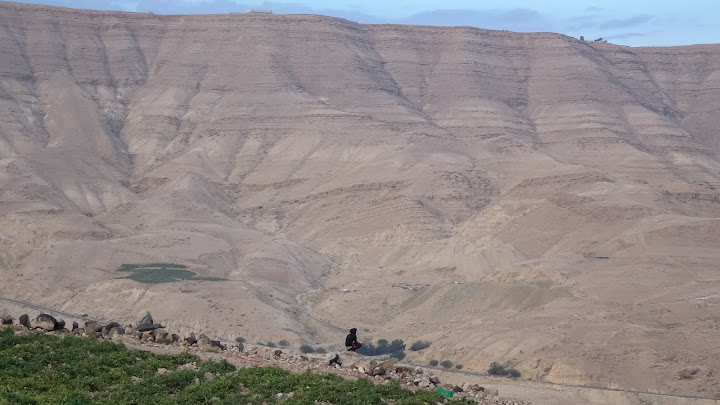



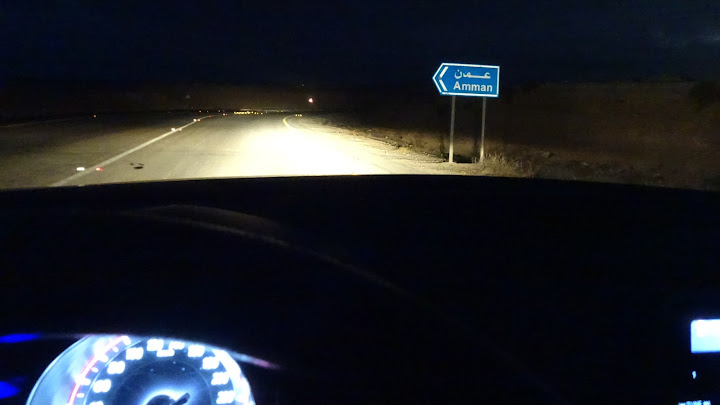
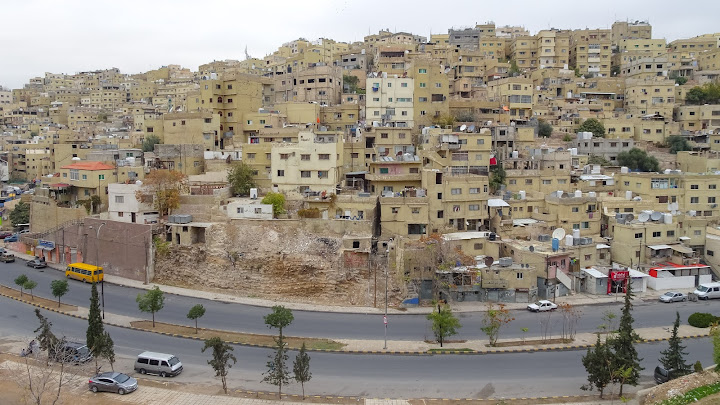



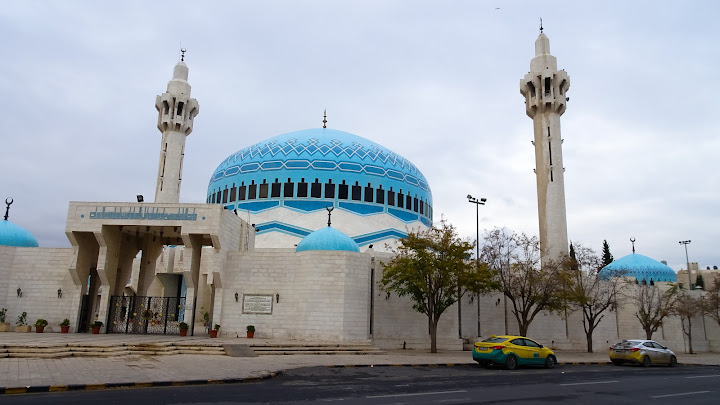


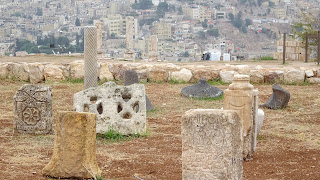







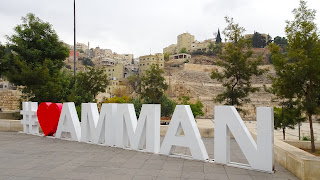
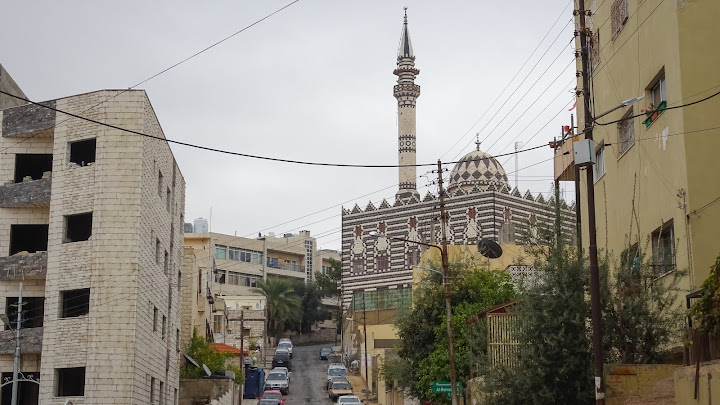



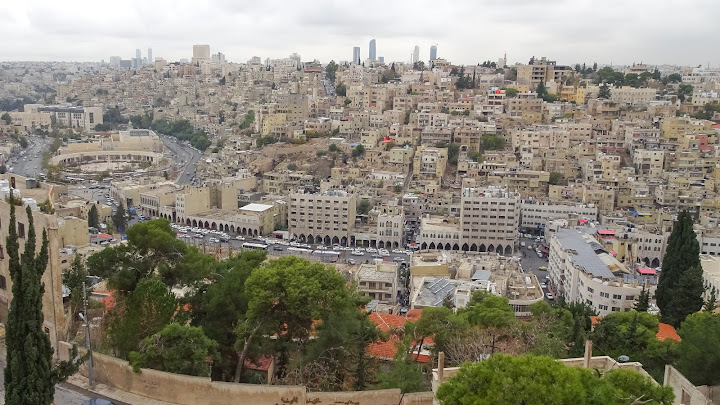

Post a Comment